

William Stopford
Every car discontinued in Australia in 2025
1 Day Ago

Contributor
Porsche has been snapped testing the 992.2-generation 911 GT3 in the snow.
These camouflaged test mules point to what we can expect from the next 911 GT3, which will likely debut during 2023.
Up front, the new GT3 looks very similar to the current car, with a prominent splitter and nostrils in the bonnet. Bigger changes have come down back, however.


There are camouflage panels on the outer edges of the rear bumper, which suggests there will be detail changes to the vents behind the rear wheels, while the diffuser features a slightly different design. Porsche is known for its evolutionary design, so don’t expect too many headline changes.
It’s not clear if there’s more power to be had from the 4.0-litre naturally-aspirated flat-six. Even the more expensive, more track-oriented GT3 RS packs just 11kW more than the regular GT3, which currently makes 375kW of power.
Porsche may filter some of the technology from the GT3 RS down to its little brother, such as the adjustable anti-roll bars, although it’s not clear how much the brand wants to keep exclusive to the RS.


More broadly, the updated 911 range is expected to feature some form of hybrid power.
Although the Cayenne and Panamera are offered with plug-in hybrids, the rear-engined 911 sports car is a bit different.
It’s unlikely to feature PHEV power, and is instead likely to take inspiration from the powertrain in the 919 endurance racer, using electric power to assist rather than shadow the petrol engine.
Packaging a PHEV drivetrain in the 911 is more difficult than in the larger Panamera and Cayenne, given it’s still a relatively compact car and is still overtly focused on driver engagement.
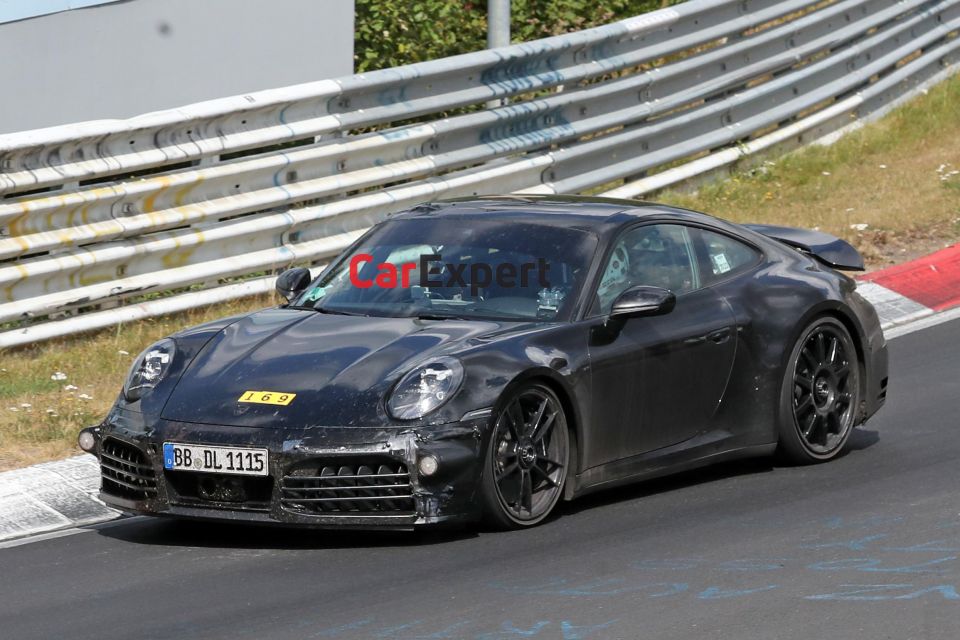
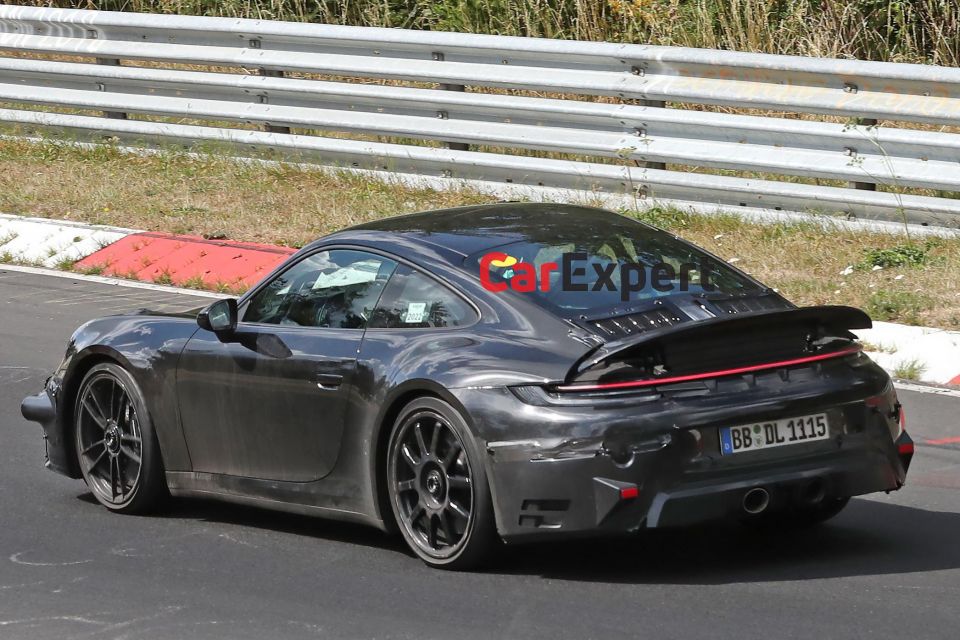
Board member responsible for the 911 and 718 model lines, Frank-Steffen Walliser, has previously told CarExpert the move to hybrid power “could come step-by-step” as Porsche works to meet the next batch of European emissions rules expected to hit in 2026.
That suggests the first move could be to a 48V mild-hybrid system, which allows the engine to switch off at low speeds and provides a power boost when you get a move on.
Mr Walliser says the first challenge is working out how much of a boost any hybrid system would provide to the petrol engine in a 911.
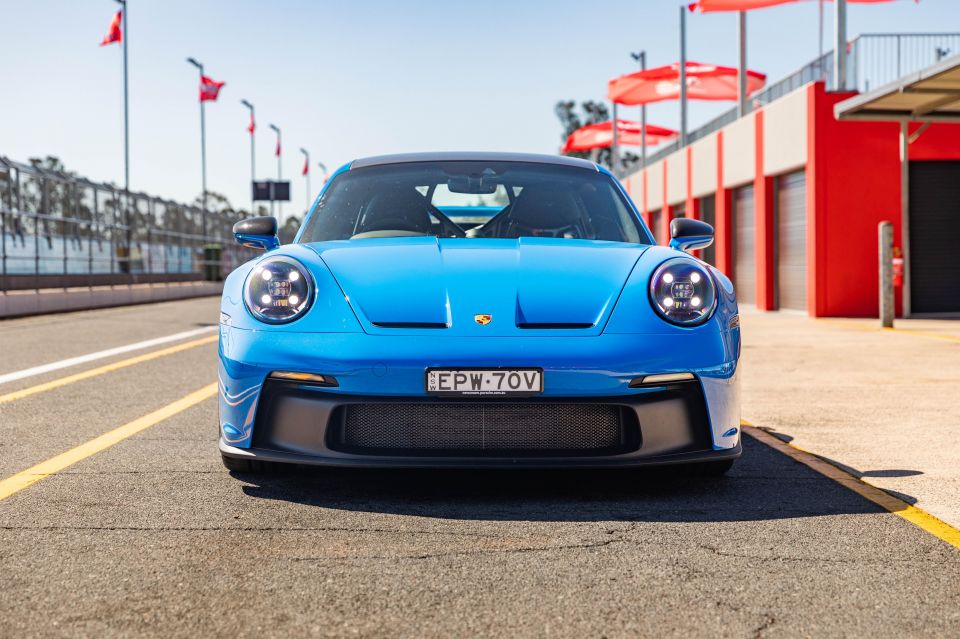
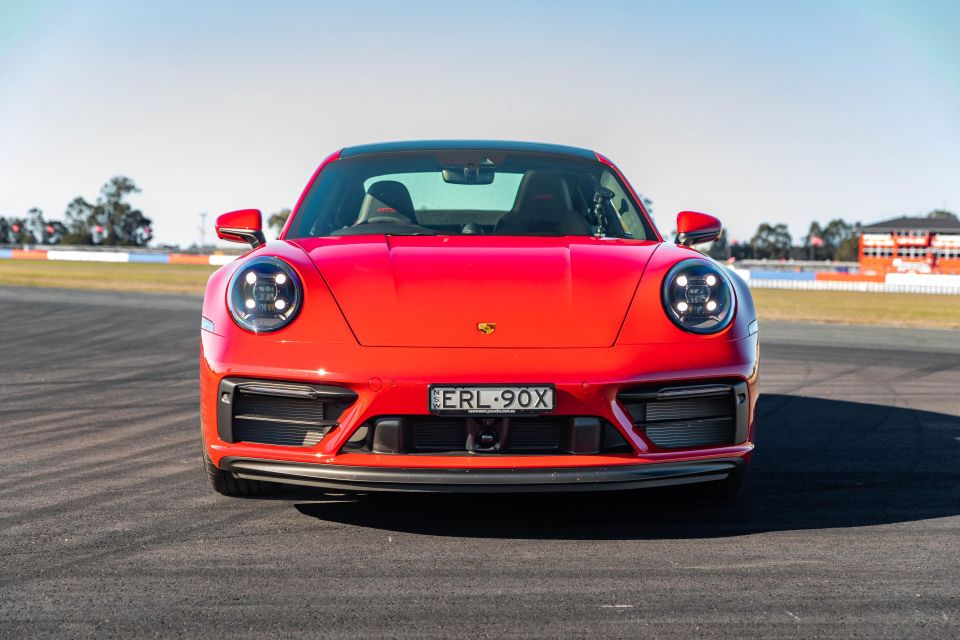
“The question is: With the hybridisation, what is the right level? How much power do you put in?,” Mr Walliser asked.
“This is also not solved. In the automotive industry we see different solutions, and we will see what our solution will be. Hybridisation in general is something we are considering,” he said.
Expect any hybrid to offer a handy boost to the outputs of the 3.0-litre turbocharged flat six in the 911 Carrera range. Currently the base Carrera makes 283kW and 450Nm, while the GTS makes 353kW and 570Nm.
MORE: Everything Porsche 911
Where expert car reviews meet expert car buying – CarExpert gives you trusted advice, personalised service and real savings on your next new car.
Scott Collie is an automotive journalist based in Melbourne, Australia. Scott studied journalism at RMIT University and, after a lifelong obsession with everything automotive, started covering the car industry shortly afterwards. He has a passion for travel, and is an avid Melbourne Demons supporter.


William Stopford
1 Day Ago


CarExpert.com.au
4 Days Ago


Derek Fung
8 Days Ago
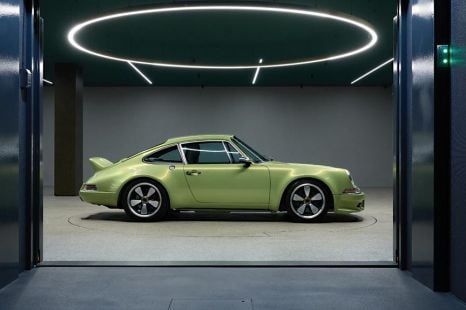

Marton Pettendy
24 Days Ago
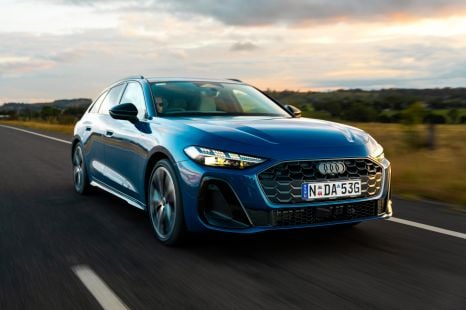

James Wong
1 Month Ago
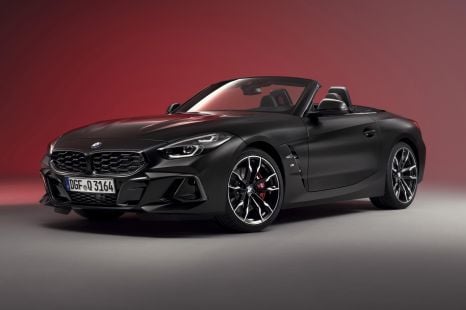

Damion Smy
1 Month Ago